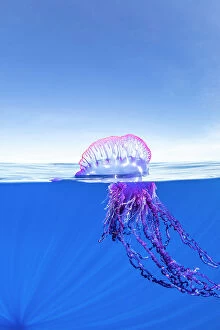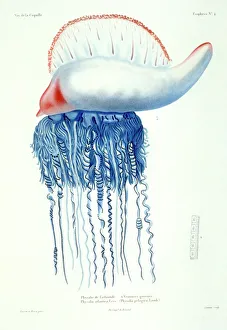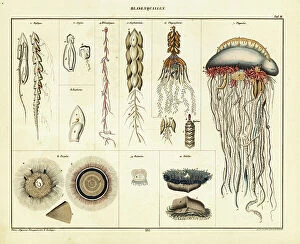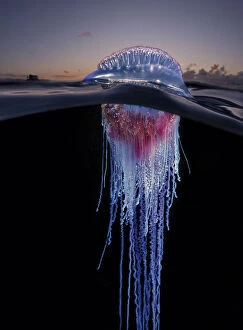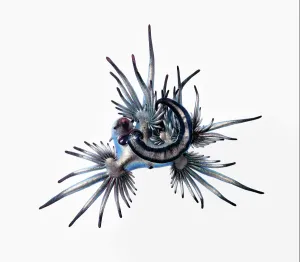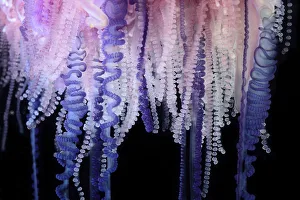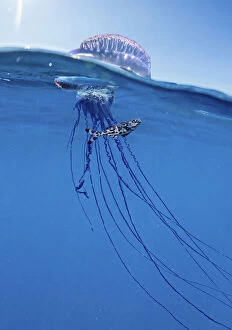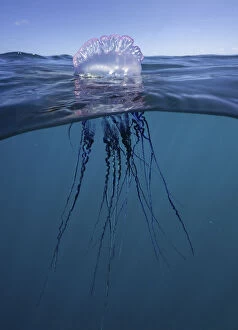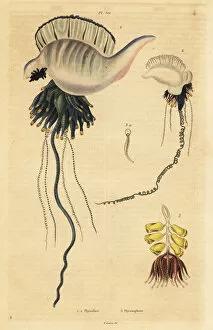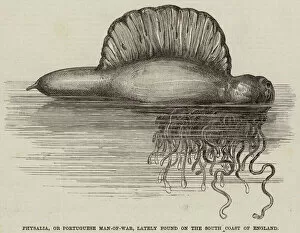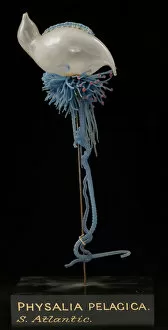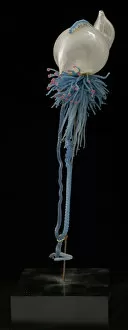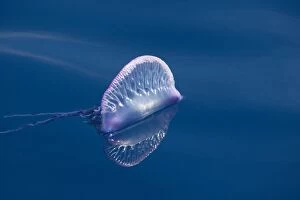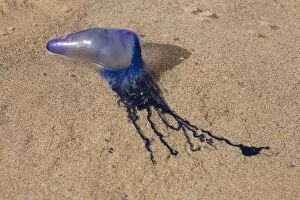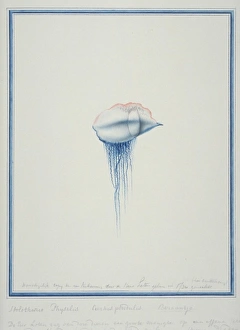Physalia Collection
Physalia, also known as the Portuguese man o war, is a fascinating and deadly creature found in various parts of the world
All Professionally Made to Order for Quick Shipping
Physalia, also known as the Portuguese man o war, is a fascinating and deadly creature found in various parts of the world. In Tenerife, Canary Islands, one can witness the majestic Physalia physalis gracefully drifting through the ocean currents. Its vibrant colors and long tentacles make it easily recognizable. These tentacles are not to be taken lightly, as they deliver a powerful sting that can cause excruciating pain to humans. However, there is one fish that fearlessly resides within these dangerous appendages - the Man-of-war fish. This remarkable creature has developed a resistance ten times stronger than any other fish to withstand the toxin produced by Physalia physalis. In Dominica's Caribbean Sea, another intriguing relationship unfolds between Physalia physalis and Nomeus gronovi. The Man-of-war fish finds refuge amidst these lethal tentacles at sea surface levels. It seems this resilient little fish has adapted to coexist with its venomous host. But not all creatures fall victim to Physalia's venomous grasp. The blue sea slug known as Glaucus atlanticus possesses an immunity against their toxins and even preys upon them. These slugs were recently discovered washed ashore during a mass stranding event of thousands of Indo-Pacific Portuguese man-of-war in Bermuda. The beauty extends beyond its danger; its intricate structure captivates researchers who study jellyfish models like Physalia pelagica for scientific purposes. A top-down view reveals an awe-inspiring sight when observing thousands of Indo-Pacific Portuguese Man-of-War stranded along South Africa's Atlantic coast. From January sightings in Tenerife's Canary Islands to floating specimens off Azores' Atlantic Ocean surface, Physalia continues to mesmerize both scientists and beachgoers alike with its unique appearance and deadly capabilities.


